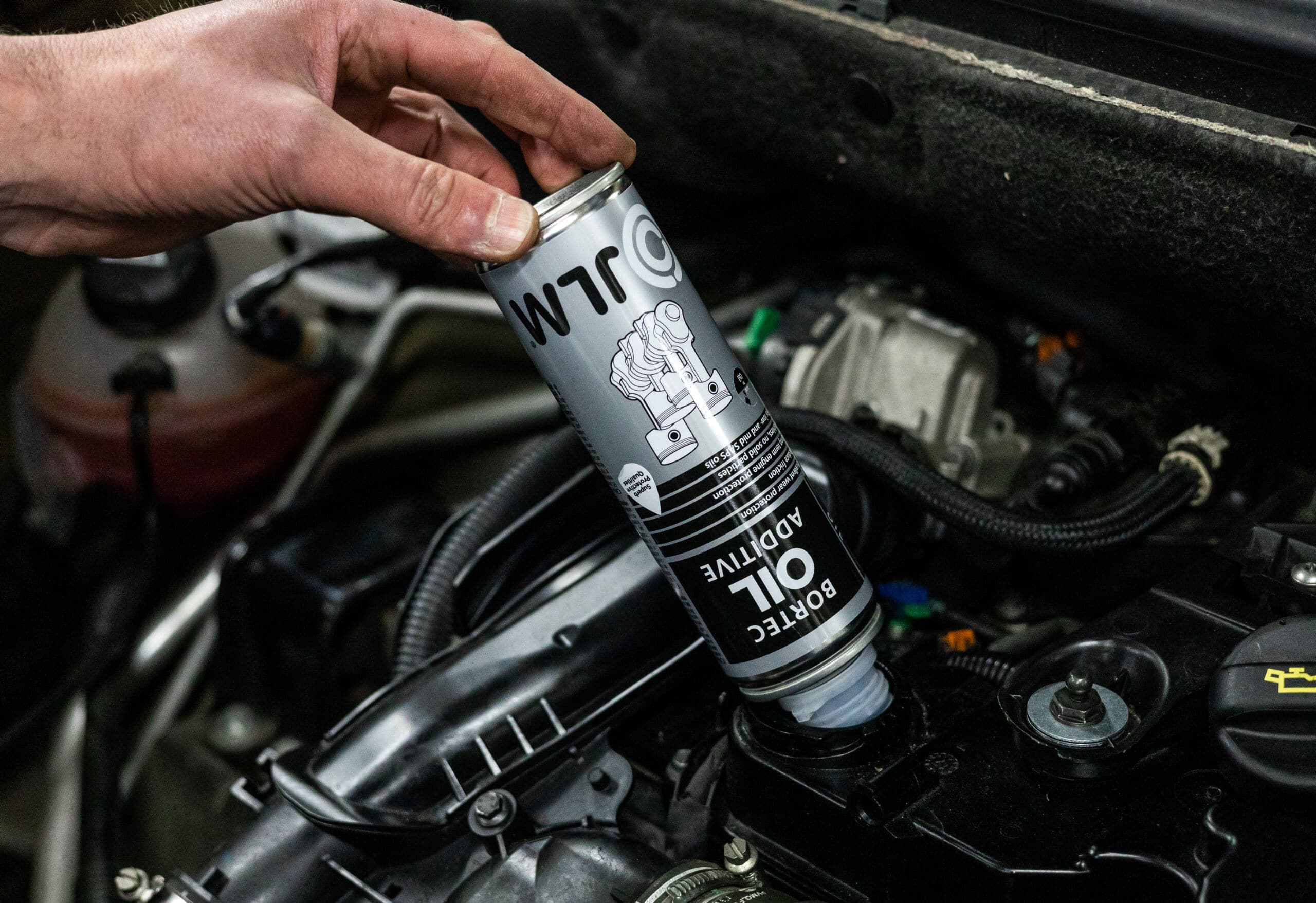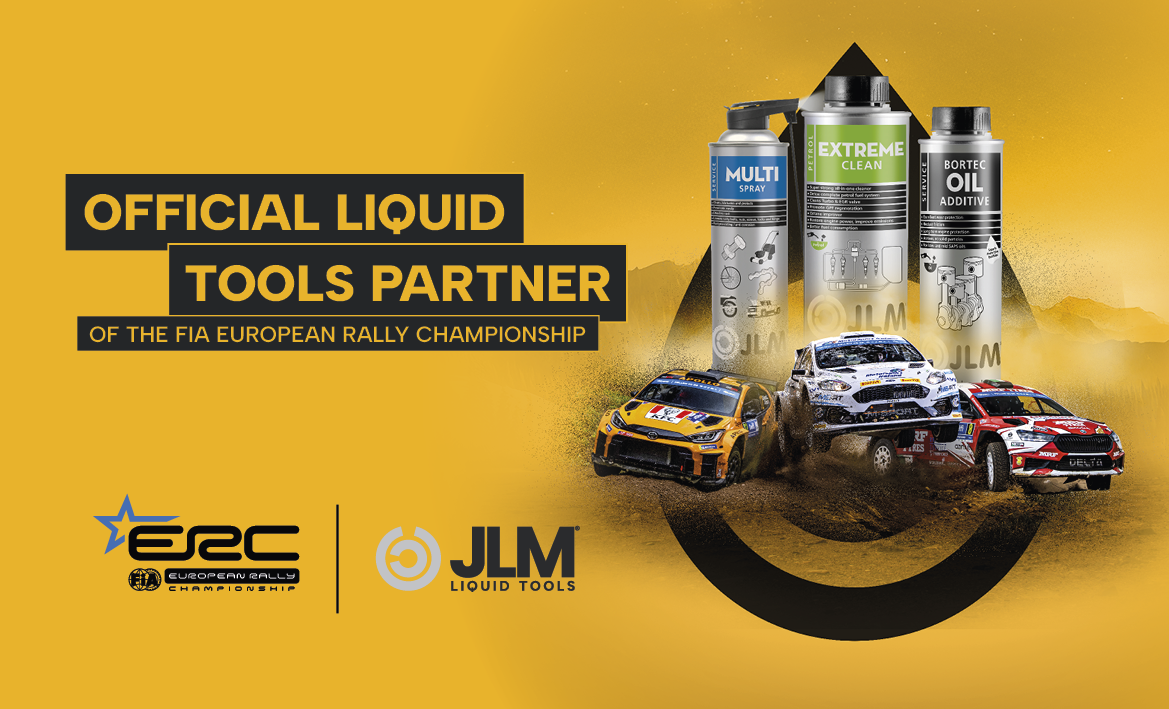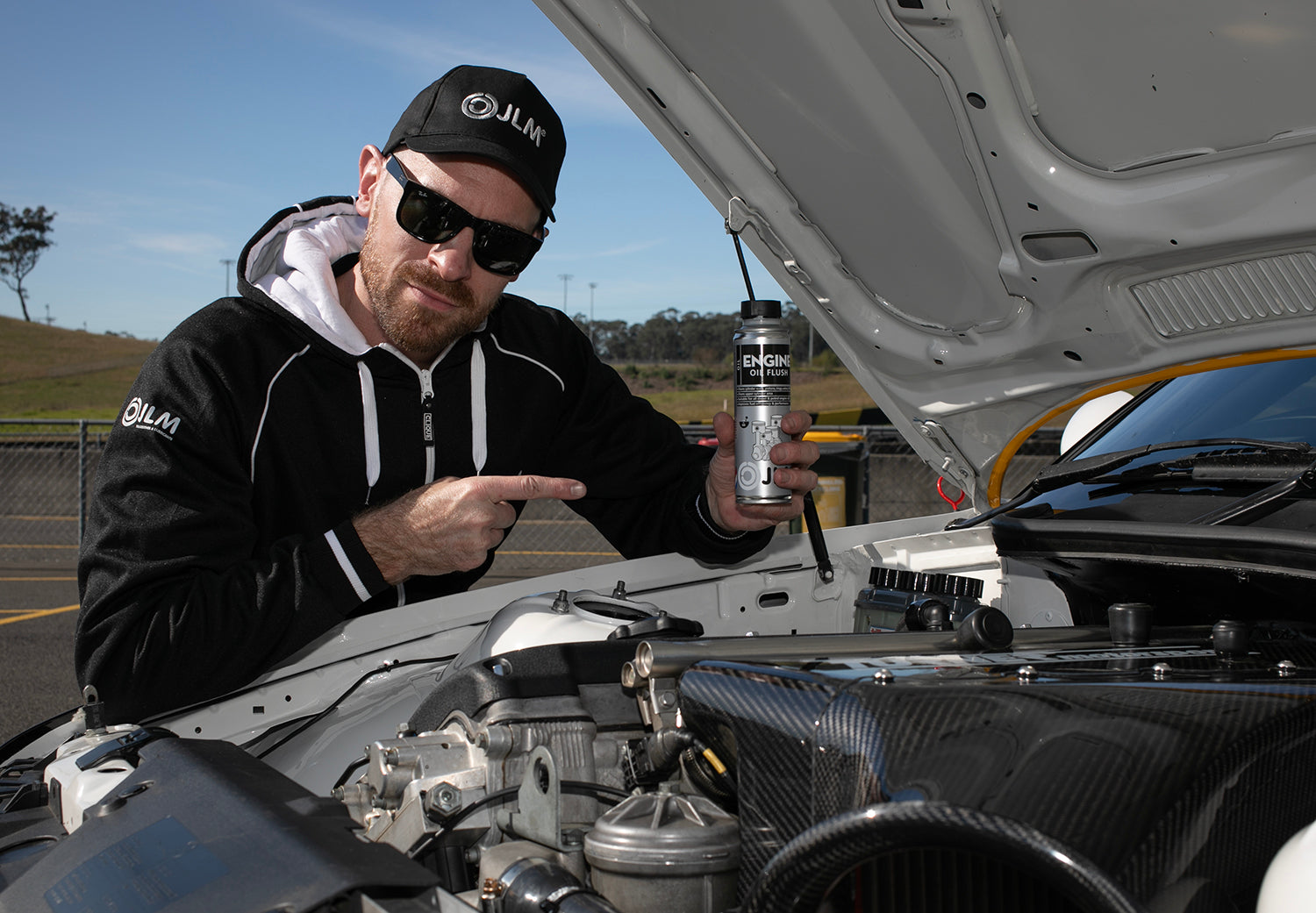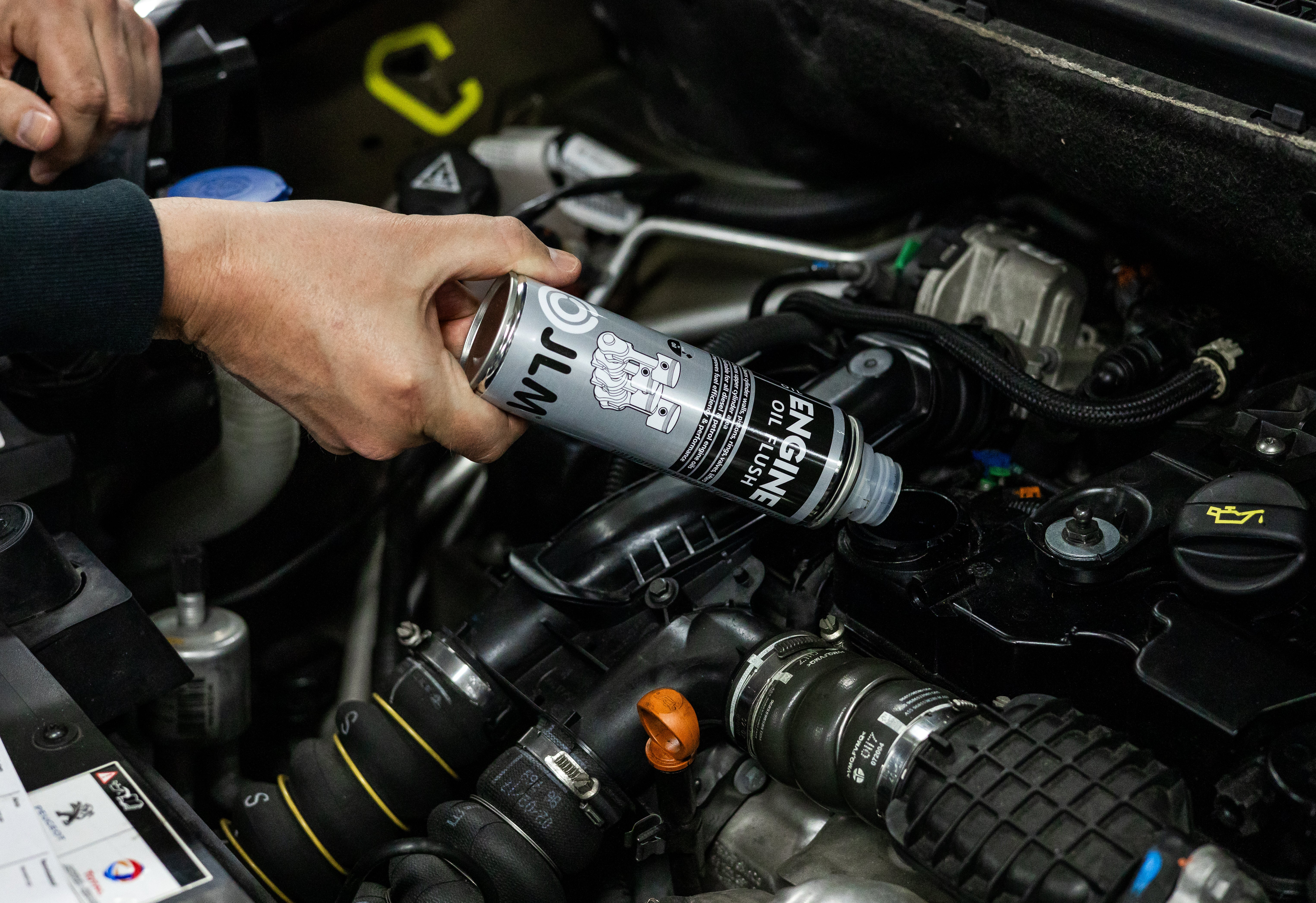
The Advantages of Using Engine Oil Additives: A Comparative Analysis of Mos2, PTFE, Ceramic, and BorTec
MoS2 (Molybdenum Disulfide)
Advantages:
1. Superior Lubrication: MoS2 forms a lubricating layer on metal surfaces, reducing friction and wear. This can lead to smoother engine operation and longer engine life.
2. High-Pressure Performance: MoS2 is effective under extreme pressure and high temperatures, making it ideal for high-performance and heavy-duty engines.
3. Thermal Stability: It maintains its lubricating properties over a wide temperature range, ensuring consistent performance in various operating conditions.
Use Cases:
- High-performance sports cars
- Heavy-duty trucks and machinery
- Older engines requiring enhanced lubrication
PTFE (Polytetrafluoroethylene or Teflon)
Advantages:
1. Low Friction: PTFE has one of the lowest coefficients of friction among solid materials, significantly reducing engine friction.
2. Chemical Inertness: PTFE is chemically inert, meaning it won't react with engine oil or other engine components.
3. Temperature Resistance: It remains stable and effective across a wide temperature range, ensuring protection in both hot and cold conditions.
Use Cases:
- Everyday commuter vehicles
- Engines operating in extreme temperature conditions
- Applications where chemical resistance is critical
Ceramic (Boron Nitride) - JLM Ceramic Engine Protector | J06065
Advantages:
1. Exceptional Hardness: Boron Nitride is incredibly hard, providing excellent protection against wear and tear.

2. Thermal Conductivity: It has high thermal conductivity, which helps dissipate heat effectively, reducing the risk of overheating.
3. Chemical Stability: Boron Nitride is chemically stable, preventing degradation or reactions with other engine components.
Use Cases:
- High-performance engines
- Racing applications
- Engines subjected to extreme operating conditions
BorTec (Boron Nitride Dissolved) - JLM Bortec Oil Additive | J06050
Advantages:
1. Enhanced Lubrication: BorTec offers superior lubrication by forming a protective film on engine components, reducing friction and wear.

2. Improved Efficiency: By lowering friction, BorTec can improve fuel efficiency and overall engine performance.
3. Long-Lasting Protection: The dissolved form of Boron Nitride ensures even distribution and long-lasting protection throughout the engine.
Use Cases:
- Modern high-performance/downsized engines
- Engines requiring long-term protection
- Applications where fuel efficiency is a priority
Comparative Analysis
When comparing these additives, it's important to consider the specific needs of your engine and the conditions in which it operates.
- MoS2 stands out for its high-pressure performance and thermal stability, making it ideal for heavy-duty and high-performance applications.
- PTFE offers excellent friction reduction and chemical inertness, suitable for a wide range of everyday and extreme temperature applications.
- Ceramic (Boron Nitride) provides unmatched hardness and thermal conductivity, perfect for high-performance and racing engines.
- BorTec combines the benefits of Boron Nitride with enhanced lubrication and long-lasting protection, ideal for modern engines focused on efficiency and durability.

Conclusion
Choosing the right engine oil additive depends on your specific requirements and the operating conditions of your engine. MoS2 is excellent for high-pressure and high-temperature applications, PTFE is versatile with its low friction and chemical resistance, Ceramic (Boron Nitride) excels in high-performance scenarios, and BorTec offers a balance of enhanced lubrication and efficiency.
By understanding the unique advantages of each additive, you can make an informed decision to keep your engine running smoothly and efficiently for years to come.


